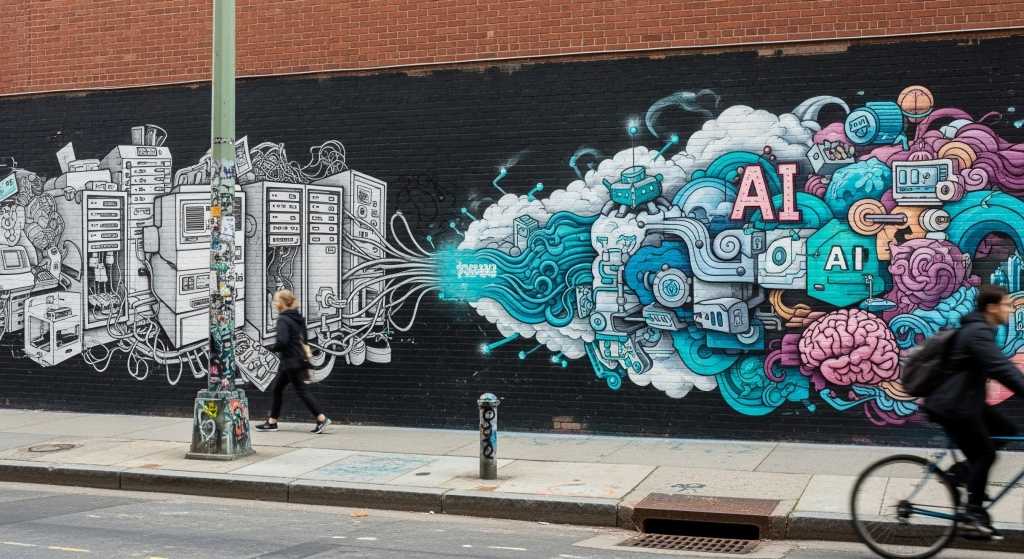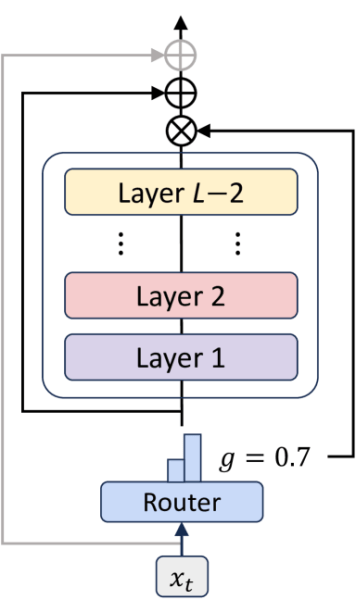
The rapid evolution of artificial intelligence (AI) presents both opportunities and risks for the utility sector. Infrastructure owners are no strangers to navigating emerging challenges—whether it’s environmental standards, field device modernization, or cybersecurity. But AI represents a new frontier, where the pace of technological change and regulatory complexity demands a proactive, structured approach.
To help utilities manage this transition, West Monroe is hosting an AI Benchmarking Summit series on Governance, Build v Buy, and Change Management. AI Governance was the first series topic with representatives from 35 utilities and organizations across the country. Here’s what we learned about how utilities can prioritize investments, track ROI, and build bridges across workgroups to maximize AI’s potential.
The regulatory landscape: A Framework for responsible AI
The U.S. government has laid a strong foundation for AI governance through key initiatives led by organizations like NIST (the National Institute of Standards and Technology) and MITRE (a nonprofit known for advancing cybersecurity and public interest technologies):
- AI Risk Management Framework (AI RMF 1.0): Published by NIST in January 2023, it provides guidelines for managing AI risks across design, development, and deployment.
- Executive Order 14110: Issued in October 2023, it directed over 50 federal entities to take more than 100 actions to ensure AI is deployed safely and responsibly.
- NIST AI 100-5: Released in July 2024, it emphasizes global cooperation on AI standards, transparency, and risk management.
MITRE has emerged as a critical voice in AI governance, particularly in cybersecurity.
The MITRE AI Maturity Model provides a structured framework to help organizations evaluate their AI adoption across six key pillars: ethical use, strategy, organization, technology, data, and performance.
By assessing readiness levels and offering actionable guidance, the tools enable organizations to identify gaps, build AI capabilities, and advance toward optimized AI maturity while ensuring responsible and transparent use of AI technologies.
Together, NIST and MITRE provide utilities with a clear framework to build robust governance structures that address both regulatory requirements and operational risks.
Benchmarking AI maturity in utilities
The benchmarking survey conducted at the summit revealed critical insights into where utilities stand in their AI governance journey:
- Governance Structures: 39% of respondents have centralized AI decision-making through a formal Center of Excellence (CoE), but only 30% have implemented governance frameworks, with NIST being the most referenced.
- Operational Use Cases: Half of respondents have not yet operationalized AI use cases. For those that have, projects are treated as both operating expenses (O&M) and capital investments.
- Leadership Buy-In: Key factors influencing leadership approval include demonstrated ROI, operational efficiency improvements, and clear business cases with measurable outcomes.
Managing risks and tools
Organizations vary in their governance maturity, shaping their focus on risks and ethics.
- Companies who reported not having a governance framework or operational use cases are focusing on foundational risk mitigation strategies and regulatory compliance –their key concerns are data security and privacy, regulatory risks, operational risks (e.g., system failures or inaccuracies), and ethical risks (e.g., bias, transparency).
- Companies who reported implementing a governance framework and having operational use cases reported exhibiting a more expansive approach, with a strong emphasis on frameworks and governance for ethical considerations, automation, and standardized policies.
Next steps for utilities
Based on the summit discussions, here are actionable recommendations for utilities looking to mature their AI governance and adoption strategies:
- Formalize an AI Governance Framework: Leverage a national framework as a starting point and tailor it to your organization’s needs.
- Socialize the AI Center of Excellence: Ensure all business units understand its role and how to engage with it.
- Develop Workforce Capabilities: Invest in training programs to upskill employees on AI/ML tools and frameworks.
- Engage with Regulators: Stay ahead of regulatory changes by participating in state-run AI coalitions and engaging with federal initiatives.
- Invest in Governance Tools: Prioritize tools that integrate seamlessly with existing IT systems and support transparency and compliance.
The future of AI in utilities
AI represents a transformative opportunity for utilities to enhance operational efficiency, improve customer experience, and address emerging challenges like grid modernization and sustainability. But realizing this potential requires a structured, collaborative approach to governance.
By adopting best practices from the AI Benchmarking Summit and aligning with federal frameworks, utilities can navigate the complexities of AI responsibly—and unlock its full potential for their organizations and customers.
Join us for the next AI Benchmarking Series event on July 24 in San Franscisco, CA or remotely!




















